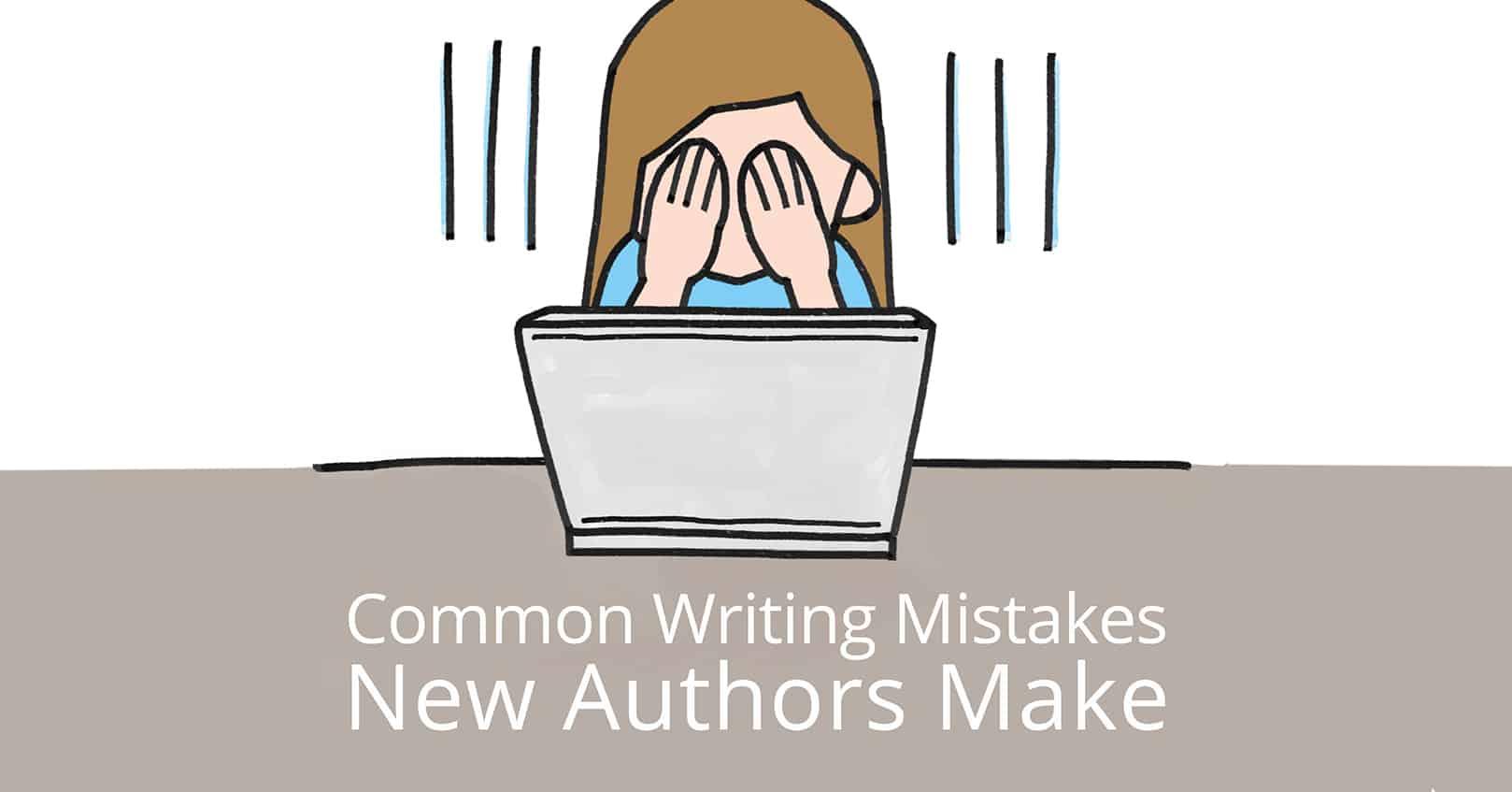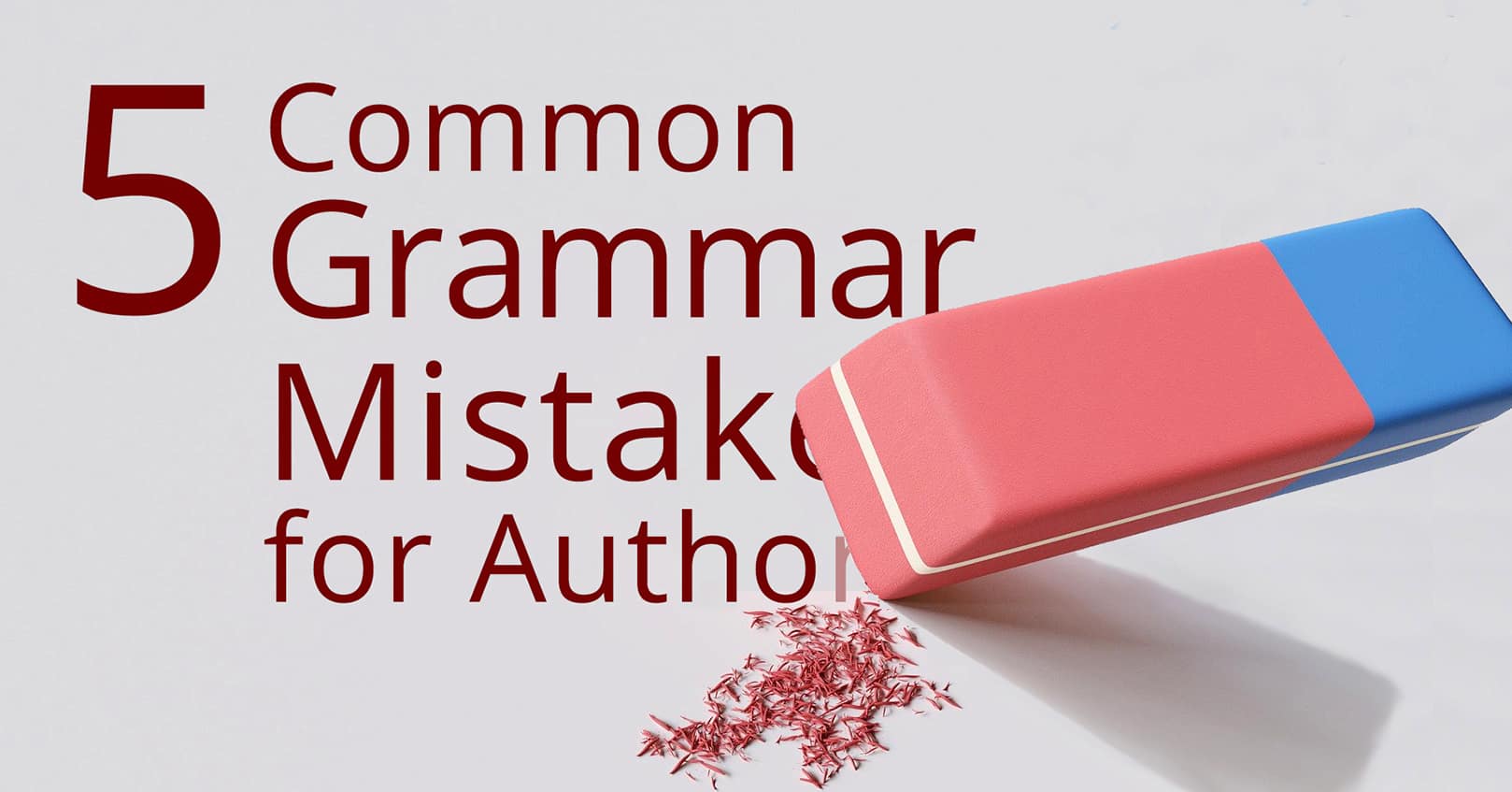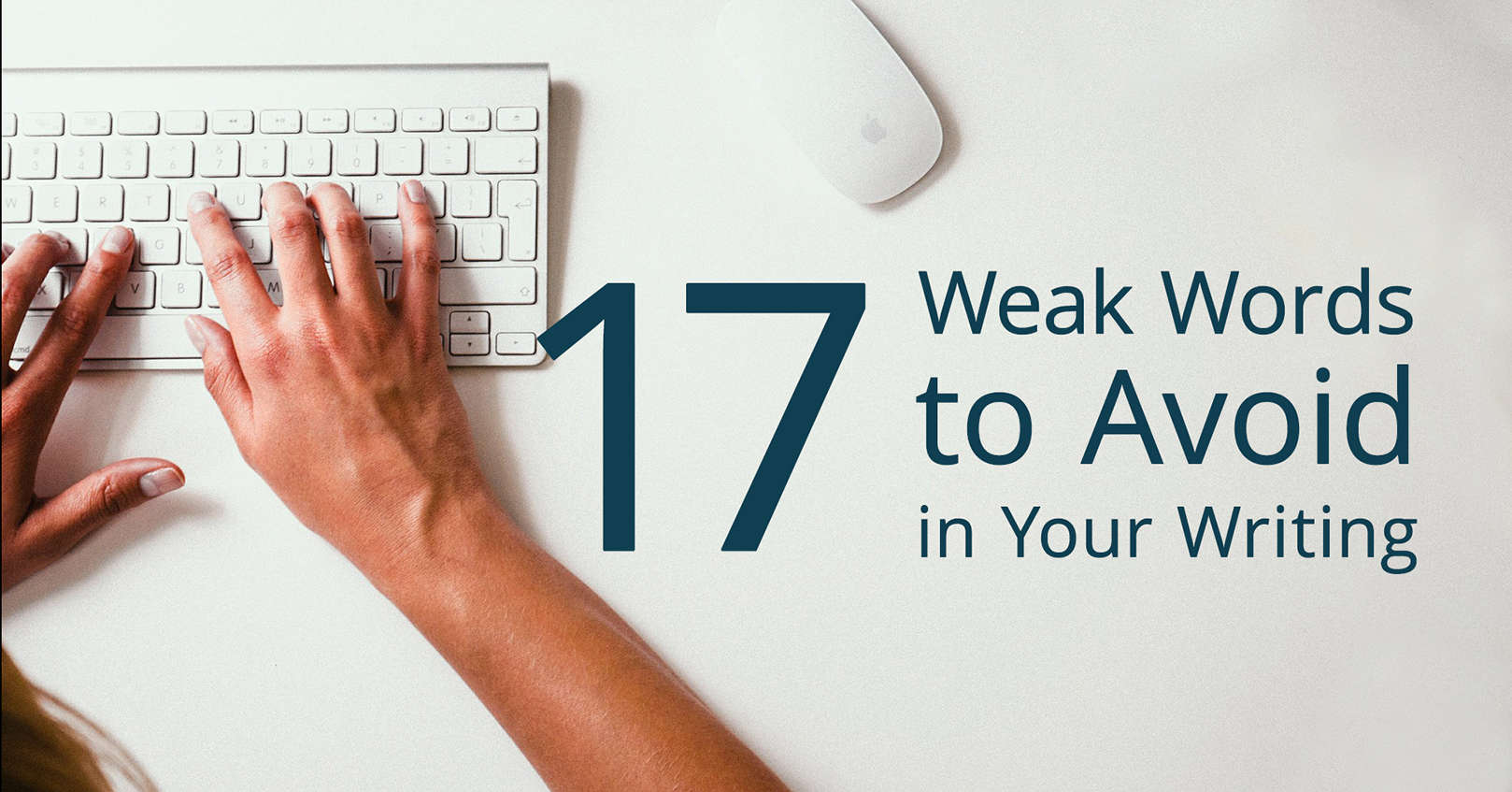
At Book Cave we’ve posted on dialogue tags and on whether or not to use single or double quotes, but often there is confusion about where to put punctuation in relation to the quotation marks.
Commas and Periods
In America, commas and periods always go inside the quotation marks.
“I think so,” she said.
The Chicago Manual of Style says that “periods and commas precede closing quotation marks.”
Note that in British English, the punctuation marks only go inside of the quotation marks if the punctuation is part of the quoted material, although many writers make an exception for periods. One other exception is dialogue, where authors will always put commas inside the quotation marks.
American: Yesterday I read the short story “Why Boys Lie.”
British: Yesterday I read the short story ‘Why Boys Lie’.
Question Marks, Exclamation Points, and Em Dashes
Question marks, exclamation points, and em dashes can go inside or outside the quotation mark, depending on whether they’re part of the quote or not. This is true of dialogue, quoted material, or scare quotes. As a reminder, scare quotes are used to show when a phrase is being used in an ironic or nonstandard way—or perhaps it’s not a phrase the narrator or viewpoint character would normally use.
On this first example, the question mark goes outside of single quotation mark because it is not part of Sally’s original comment, but it goes inside the double quotation marks because it is part of John’s comment (unless Sally was actually asking a question when she said “I hate chocolate.”). For more about single versus double quotes, read our blog post Single and Double Quotes in Text and Dialogue.
Right: John paused. “Did Sally just say ‘I hate chocolate’?”
Wrong: John paused. “Did Sally just say ‘I hate chocolate?'”
In the example below, the exclamation point goes outside the double quotes because “Why Boys Lie” is a short story in an anthology, and the exclamation point is not a part of the title.
Right: I love “Why Boys Lie”!
Wrong: I love “Why Boys Lie!”
If the putting the exclamation point outside the quotation mark looks strange to you, try ending the sentence differently by either using a period or adding words.
I love “Why Boys Lie” better than any other short story!
I love “Why Boys Lie.”
In the scare quote example below, the question mark goes outside the double quotes because it is not a part of the phrase “hot mama.” (However, note that the period would go inside.) This would be the same for an ending quote used for emphasis.
Right: Maybe he thinks she’s a “hot mama”?
Wrong: Maybe he thinks she’s a “hot mama?”
However, if I were writing this sentence, I’d throw out the quotations altogether unless it’s really important to the scene and the author’s been using scare quotes for the phrase all along. Scare quotes don’t add anything in this isolated sentence except to tell us this kind of language isn’t really the narrator’s usual way of speaking (or perhaps he’s trying to use it as emphasis and it’s not really a scare quote at all). Remember, less is often better. Go with your gut on this, and unless quotes are absolutely needed, considering omitting them.
Finally, em dashes only go inside quotation marks for dialogue, to show that the speaker is abruptly cut off.
Right: “I thought you said—”
“No, no, that’s not what I meant.”
Wrong: “I thought you said”—
“No, no, that’s not what I meant.”
However, if you have dialogue interrupted with a dialogue beat, you can show that with the em dashes outside the quotation in pairs. Read more about dialogue beats in our previous posts 8 Tips for Punctuating Dialogue and em dashes in Correct Em-Dash Formation for Ebooks.
Right: “You think”—he swallowed hard—”she did that?”
Wrong: “You think—” he swallowed hard “—she did that?”
Semicolons and Colons
Semicolons and colons always go outside the quotation marks.
Right: Yesterday I read the short story “Why Boys Lie”; it was a fantastic read.
Wrong: Yesterday I read the short story “Why Boys Lie;” it was a fantastic read.
Right: She quoted her favorite line from the short story “Why Boys Lie”: “Well, if they can’t tell girls the truth, why not come up with something better?”
Wrong: She quoted her favorite line from the short story “Why Boys Lie:” “Well, if they can’t tell girls the truth, why not come up with something better?”
Right: She’s definitely a “hot mama”; just look at that crazy hair!
Wrong: She’s definitely a “hot mama;” just look at that crazy hair!
Colons and semicolons can quickly become annoying to readers, especially in fiction, and often look pretentious, so use them sparingly. Also avoid using them with dialogue, since they can come across as stiff and formal. Again, if having the colon or semicolon just outside the quotes looks wrong to you, you can always change the punctuation or add more words after the quote.
















Hi! I have some questions on the three dots. (…) Sorry, I don’t know what it’s called.
1) Do I add spaces in-between the dots?
2) Do I only add spaces before and after the dots?
3) Do I only add spaces after the dots?
4) Can I do things like this?: (?:) (!:) (…?) The first two aren’t emojis. Example: Look!:
And can I add commas after ?’s or !’s?
Ellen,
They are called ellipses. 🙂
1) Yes, The Chicago Manual of Style calls for spaces between each of the periods. But to make sure the ellipses don’t break across a line, be sure to use nonbreaking spaces between the periods.
2 & 3) There should also be spaces before and after the periods.
Examples:
You think . . . that’s really true?
I don’t know what to think. . . . Maybe she’s wrong. (These are two separate sentences, so we first end the sentence with a period before putting in the ellipses.)
4) A colon should never directly follow a question mark or exclamation point, so you would never see ?: or !: (The only exception to this would be if the question mark or exclamation point were part of a title, like a book or movie title.)
However, an ellipses can be followed by a question mark, particularly in dialogue: “And your thoughts are . . . ?”
You can also have a question mark followed be an ellipses (in cases where you are directly quoting for a source, and you skip part of the quote–but that doesn’t really happen in fiction).
A comma would never follow a question mark or an exclamation point, unless the question mark or exclamation point is part of a title.
Examples:
“What do you think?” she asked.
“I’d love to watch What About Bob?,” she said. (What About Bob? is the title of a movie and should be italicized.)
To sum up:
question marks and colons are “strong” punctuation marks, and they override the other punctuation marks when used, unless they are part of a title, and then they are invisible.
Ellipses can be used in combination with most other punctuation.
Commas are the “weakest” punctuation mark and are always overridden by other punctuation marks.
For the first one, can I do this? Example: “Well…” I said, thinking.
Can I not add a space before the ellipses if it’s not The Chicago Manual of Style? Thank you!
The Chicago Manual of Style, which is the style book fiction authors should follow, recommends writing that sentence this way:
“Well . . .” I said, thinking.
But of course, you can do what you want in your own book. 🙂 Many indie authors are using an ellipses character here instead of spaced periods, which does have a very self-published look. But it’s becoming so common that most readers don’t notice. However, professional typesetters will use nonbreaking spaces. If you’re paying a professional to lay out your ebook or print book, they’ll switch out your ellipses for spaced ellipses as part of the process.
Hello! I have three sentences I am unsure of how to punctuate. I could use any tips! Do you have any advice?
Here they are:
1. “Wylie, you’re 16 years old. Maybe it’s time for you to learn to be not so dependent on others,” she said. “I won’t be here forever.”
2. “And your friend’s daughter…” I began. “What’s her name again? Frenchy?”
3. “Wait. I never agreed to do this stupid program,” I crossed my arms. “and even if I did, who said I’d talk to this girl anyways?”
1 and 2 are correct! But 3 is setting off action beats with commas, which is incorrect. Try this instead:
3. “Wait. I never agreed to do this stupid program.” I crossed my arms. “And even if I did, who said I’d talk to this girl anyways?”
When quoting an author, but only the last or first part, where should I put the period marks or when can I leave it out?
Thanks
“… this is a proven fact.”
or
“this is a proven fact.”
Here is what Chicago says: “Ellipsis points are normally not used (1) before the first word of a quotation, even if the beginning of the original sentence has been omitted; or (2) after the last word of a quotation, even if the end of the original sentence has been omitted, unless the sentence as quoted is deliberately incomplete.”
So no need to include the ellipses. Chicago says you can also change the capitalization of the first word to make it fit in with the sentence it appears. So:
She clearly said, “This is a proven fact.”
People may try to disagree, but “this is a proven fact.”
She is certain that “this is a proven fact.”
Hello, I have a question regarding quotation mark. I searched about the rules of it in internet and stumbled on a particular rule:
When quoted material runs more than one paragraph, start each new paragraph with opening quotation marks, but do not use closing quotation marks until the end of the passage.
Example:
She wrote: “I don’t paint anymore. For a while I thought it was just a phase that I’d get over.
“Now, I don’t even try.”
It feels kinda off without the end quote on the first paragraph. Is this true? or maybe it’s just used in special cases or British punctuation system? Thanks for the attention.
This is exactly right in both America and England.
If this were in two paragraphs and one person is writing/talking it would be correct:
She wrote: “I don’t paint anymore. For a while I thought it was just a phase that I’d get over.
“Now, I don’t even try.”
However, most authors do try to avoid confusion, so they would likely write:
She wrote: “I don’t paint anymore. For a while I thought it was just a phase that I’d get over. Now, I don’t even try.”
Because this is short enough to be in one paragraph. Otherwise, the reader could think it was said (or written) by another person. For example, this could be confusing:
“I won’t go.” (Child)
“Yes, you will. (Mom)
“I’ll make you.” (Mom)
“You never listen to what I say.” (Child)
So generally, you will only see this construction on longer paragraphs, and even then authors will often put in a “beat” to avoid it.
Here is an example of a beat in the same example. On short paragraphs, I recommend ALWAYS including a beat on it, or it will confuse readers.
“I won’t go.” (Child)
“Yes, you will.” (Mom)
Silence fell over the room, and then Mom added, “I’ll make you.” (Mom)
“You never listen to what I say.” (Child)
See how with the beat, you can now add the closing quotes and still have it be clear in two separate paragraphs? But again, this is short, so it would be better in one paragraph.
“I won’t go.” (Child)
“Yes, you will.” Silence fell over the room, and then Mom added, “I’ll make you.” (Mom)
“You never listen to what I say.” (Child)
In your example, you could write in a beat like this if you wanted two paragraphs:
She wrote: “I don’t paint anymore. For a while I thought it was just a phase that I’d get over.”
A blotch of ink marred the page before she continued. “Now, I don’t even try.”
I hope this helps. Feel free to ask further.
Exceptional tutorial. Exactly what I was looking for because I write for American and British audiences. FYI- there may be typo…British: Yesterday I read the short story ‘Why Boys Lies’. Maybe, no s in Lies.
Thanks for this excellent help.
You’re right, that was a typo. Thank you for pointing it out.